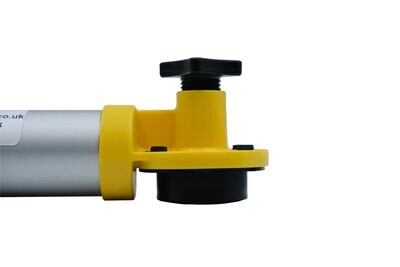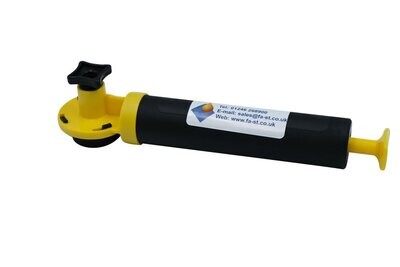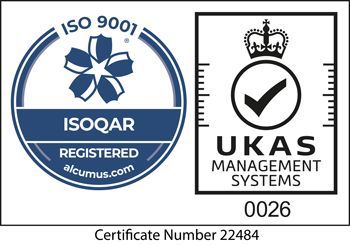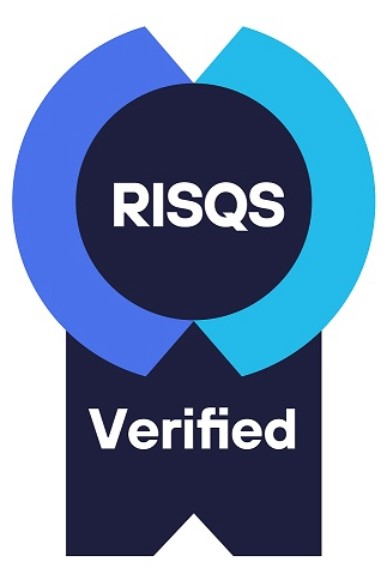Chiller Oil Analysis Kit
£40.50
Bulk pricing available for quantities of 3 units or more
Chiller Kit
In stock
Buy more, save more
| Quantity | Price per item | Discount |
| 3 items | £36.45 | 10% off |
| 11 items | £34.43 | 15% off |
| 51 items | £32.40 | 20% off |
| 101 items | £30.38 | 25% off |
Product Details
The FA-ST CARKIT1 emerges as the perfect analysis kit for evaluating chiller oils. This kit includes an extra bottle to prevent sample leakage caused by trapped gases. With a focus on wear, contamination, and chemistry, the CARKIT1 ensures a thorough analysis of chiller oils. International buyers are responsible for the charges on postage back to the UK for analysis.
Wear Debris
- Elemental Analysis - The elemental analysis provides a breakdown of potential wear metals that are in the oil. This will allow a determination to be made to see if any additional wear is occurring to components.
- FW Index - This test will measure the amount of ferrous material is in the system regardless of size.
Contamination Analysis
- Particle Count (ISO) - The particle count will allow for the cleanliness level of the oil in the system to be determined according to the ISO4406:2017 standard.
- Water K.Fisher - This will detect whether there is any free or emulsified water in your oil.
- Elemental Analysis - The elemental analysis is done to detect whether there is the presents of Boron, Silicon or Sodium
Chemical Analysis
- Oil Viscosity - Ensuring that the oil used in system is correct is vital to ensure the oil is preforming to the required standard.
- Elemental Analysis - The elemental analysis will be able to detect the additive level and whether the additive pack has become depleted.
- TAN - Total Acid Number - TAN oil testing is used to find out the amount of acidic components present within the oil, i.e. the acidic concentration.
Save this product for later
Chiller Oil Analysis Kit
You May Also Like
Display prices in:
GBP












